Transports
The Ferrol-Gijón railway line was the last main line of the Spanish narrow gauge railway network. Its origins date back to the end of the 19th century, when the idea of linking the Galician arsenal with the Asturian mining basins by means of a railway that would follow the coast to the port of Gijón arose.
Several ups and downs delayed the work, which did not begin until the time of Primo de Rivera's dictatorship. New setbacks delayed the work for several decades, and its inauguration, in stages, began in 1956. It was not until 1972, however, that the section between Luarca and Ribadeo came into service.
The line crosses an area of difficult orography, with a saw-tooth shape outline that includes numerous tunnels and some important ramps. The track crosses several valleys that open up to the Cantabrian Sea by way of an impressive succession of bridges and viaducts.
The long building period meant that different types of factories and construction coexisted: The oldest ones consist of a succession of semicircular arches, as in the case of Santa Marina or Barayo, or different shaped arches, as in Llendebarcas. In other examples (like in the Negro river in Luarca) the initial idea of a succession of arches ended up being a single parabola built with reinforced concrete. Finally, in the longest ones, such as in Pravia or in the Eo estuary, a series of concrete pillars and boards were used. In order to place them, it was necessary to use airtight chambers to set the structure on an unstable ground.
Altogether, they represent the largest group of bridges and viaducts in the entire railway network of the Principality of Asturias. They are kept in good condition and have not been renewed given their relatively recent building, and are located in landscapes of singular beauty. Some of them, such as those at Esqueiro or Canero, are mainly located in rural areas; others, such as those at La Funial (Luarca) or Navia, cross urban areas, where the railway stands out on the views of the place.


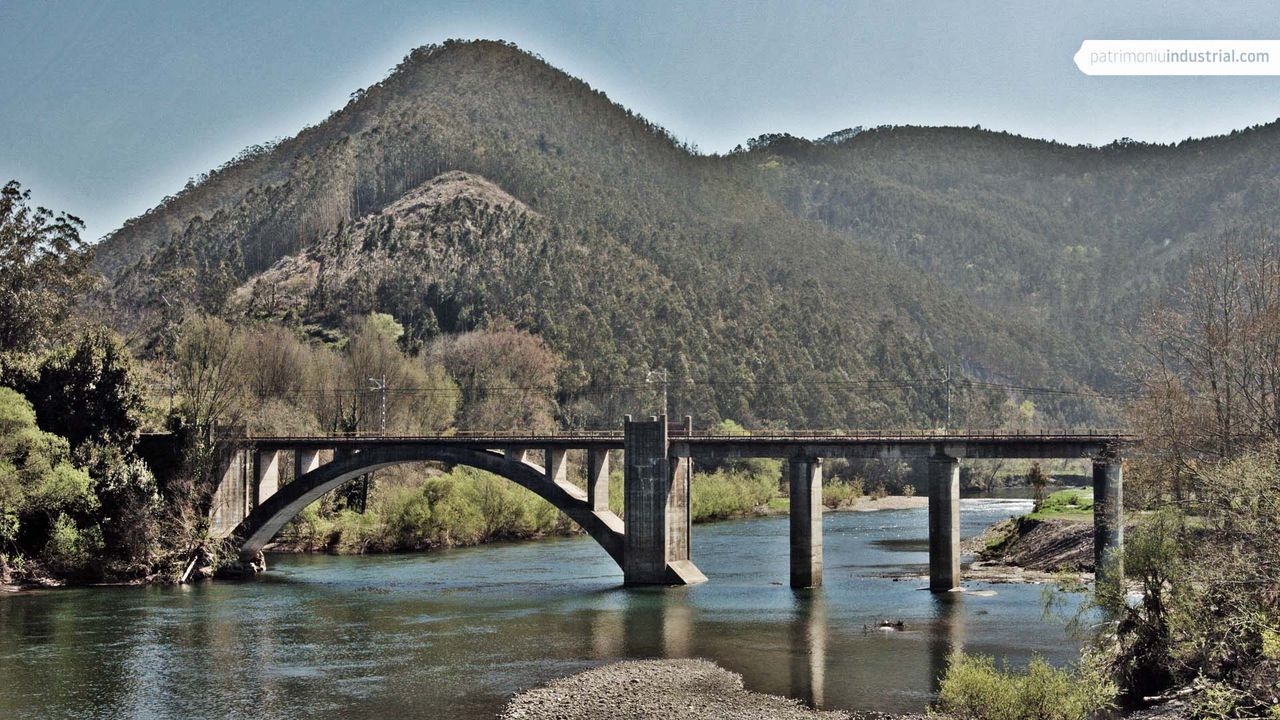
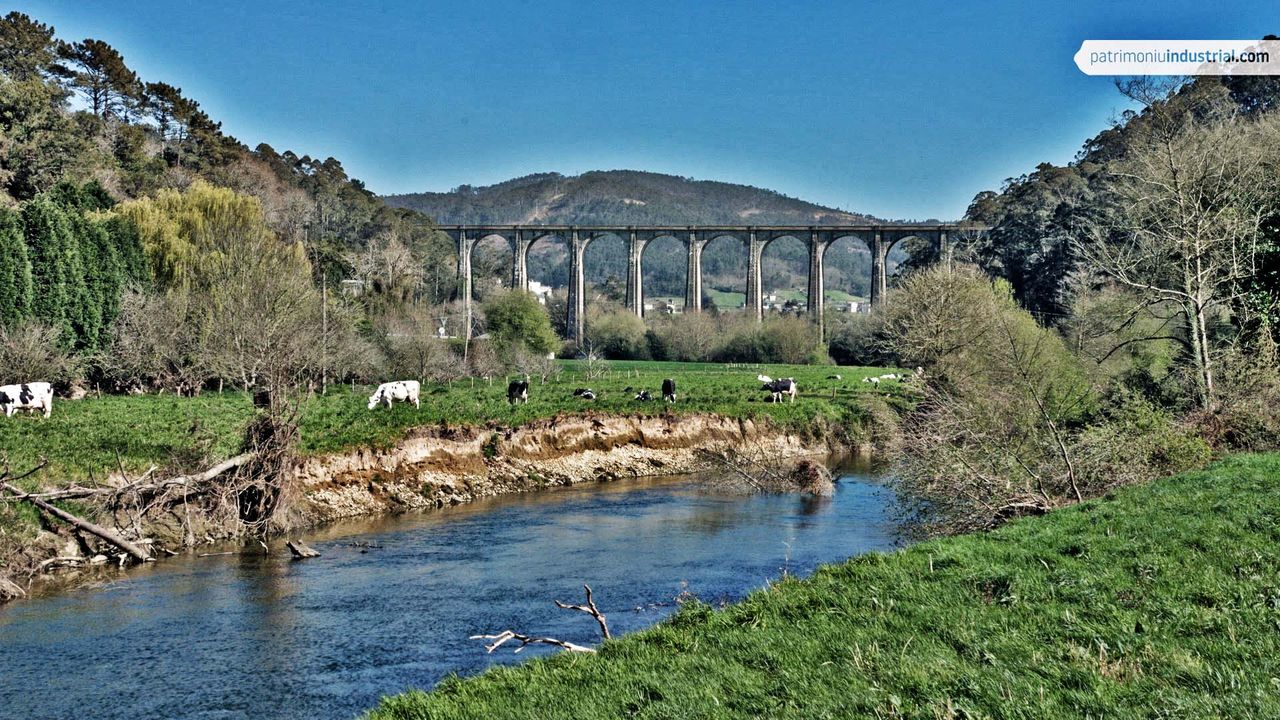

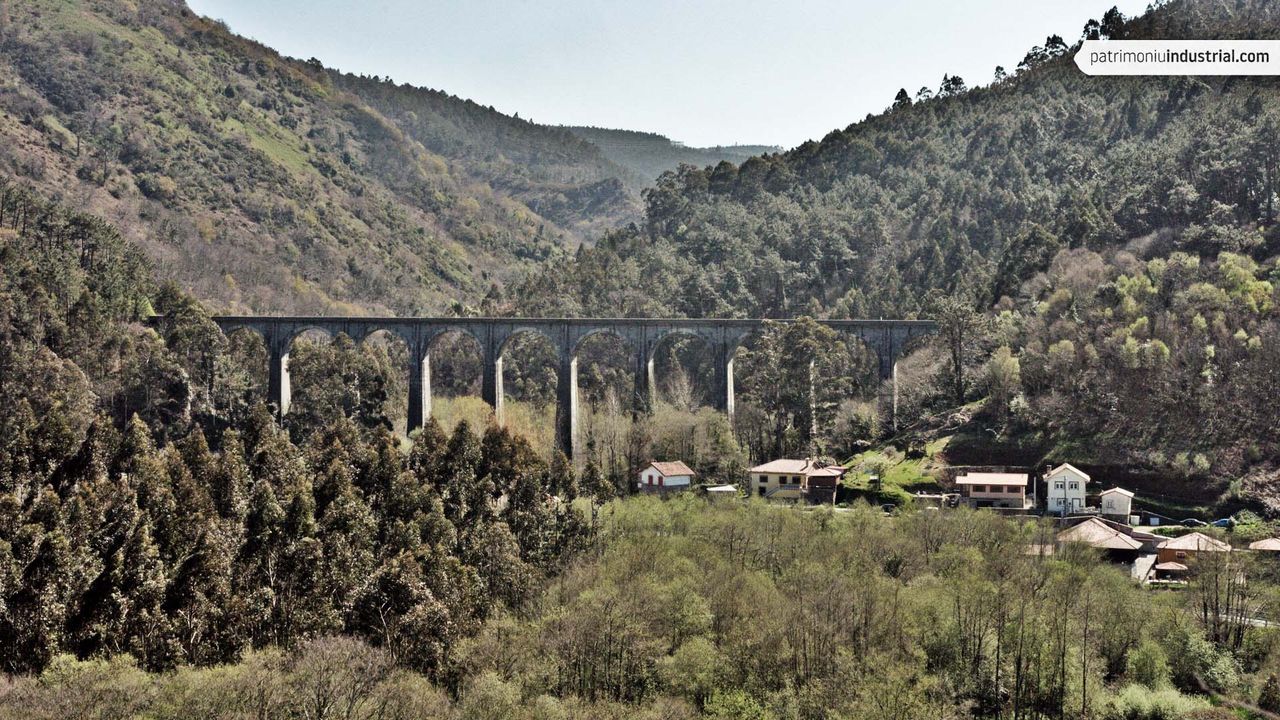
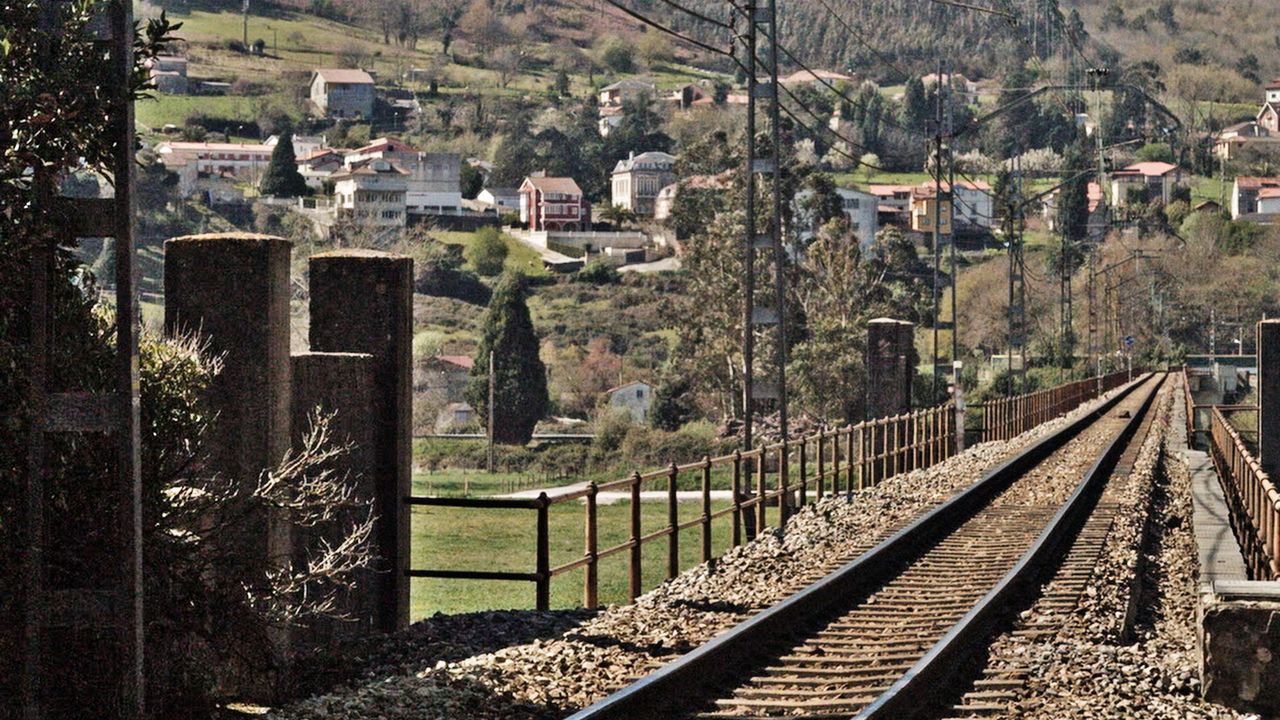
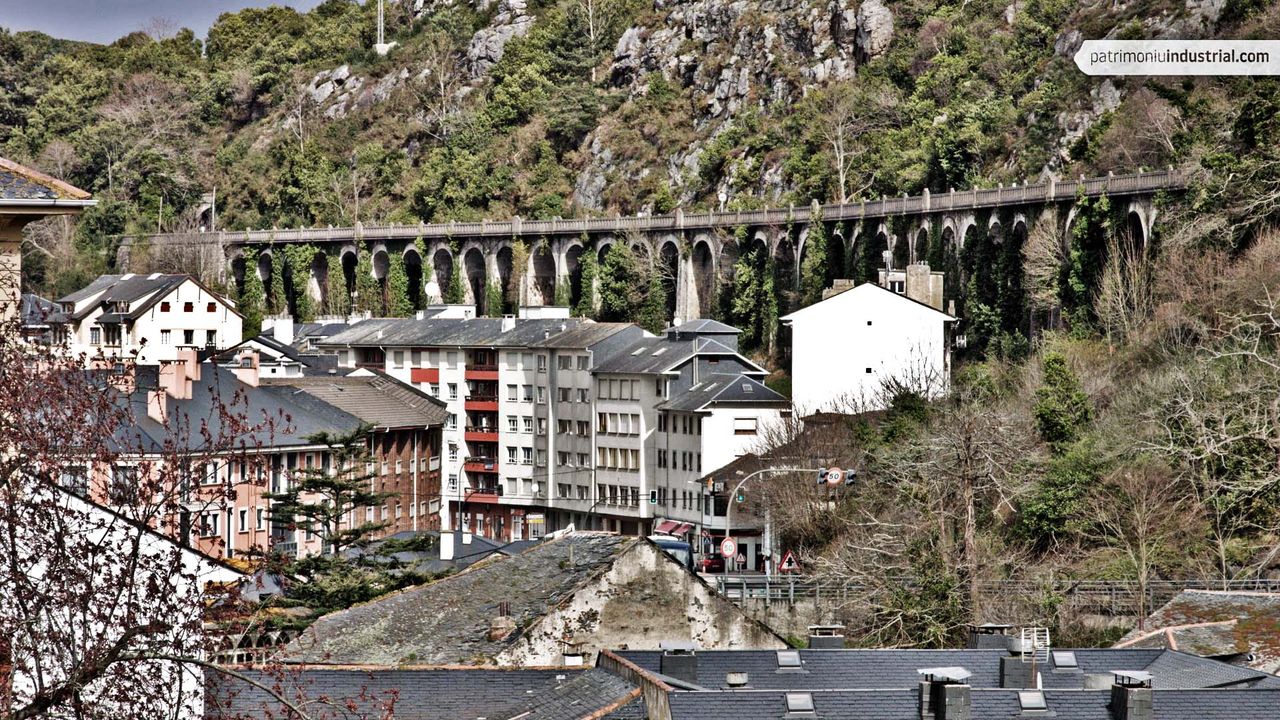
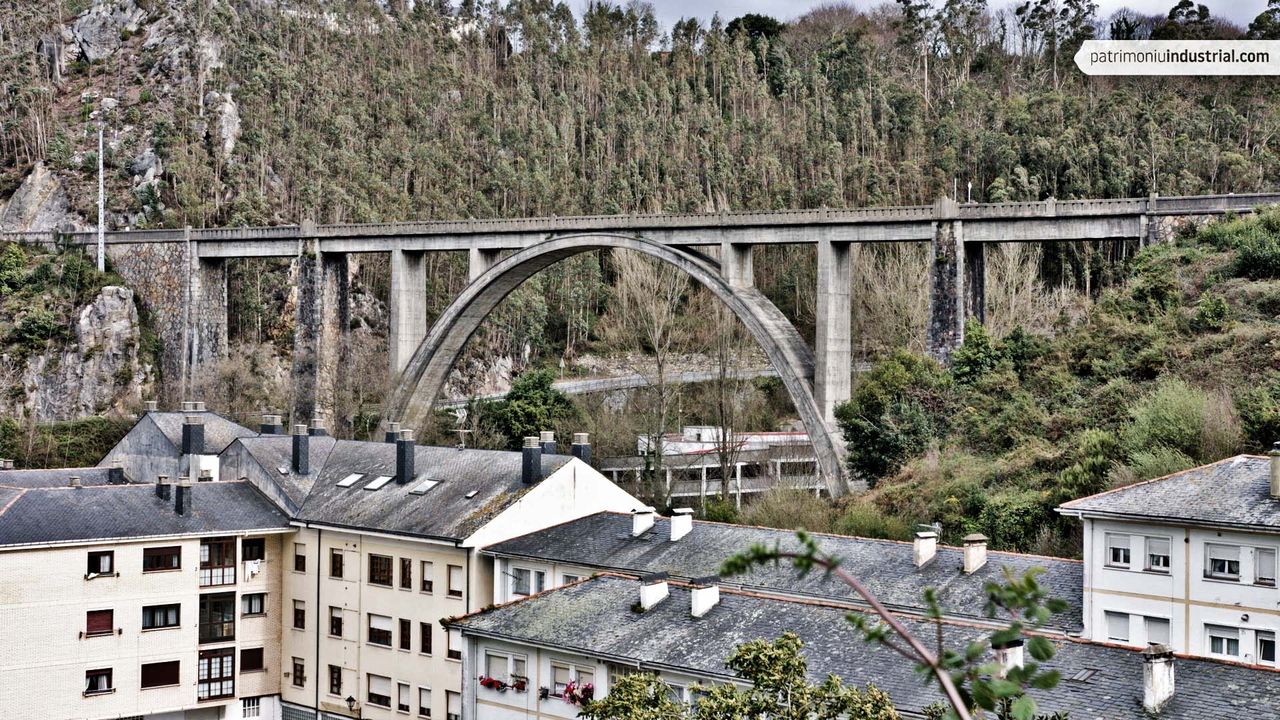
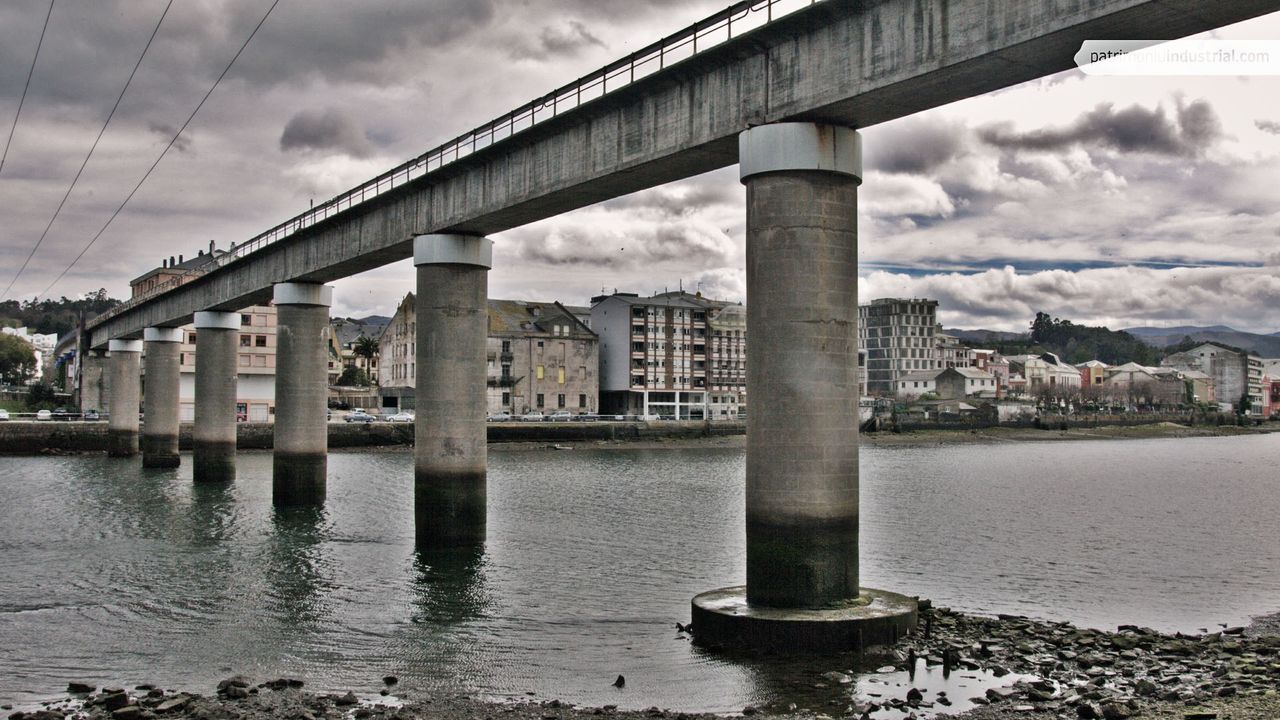
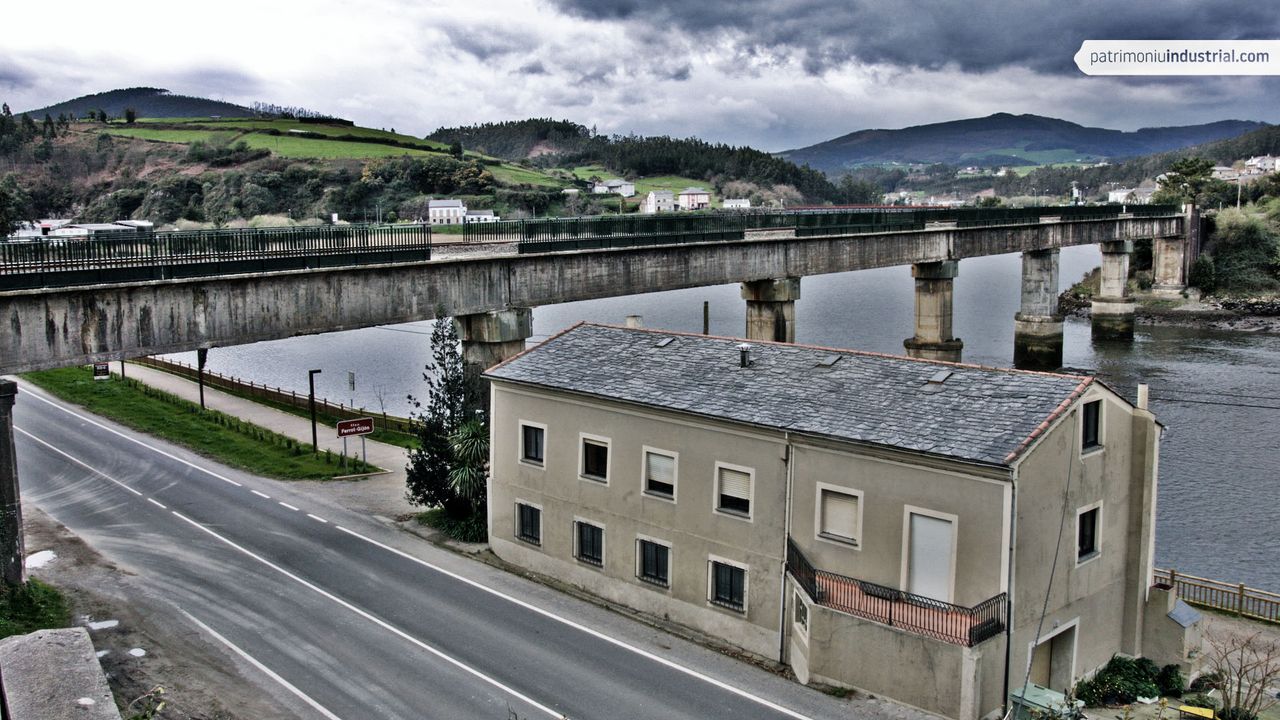
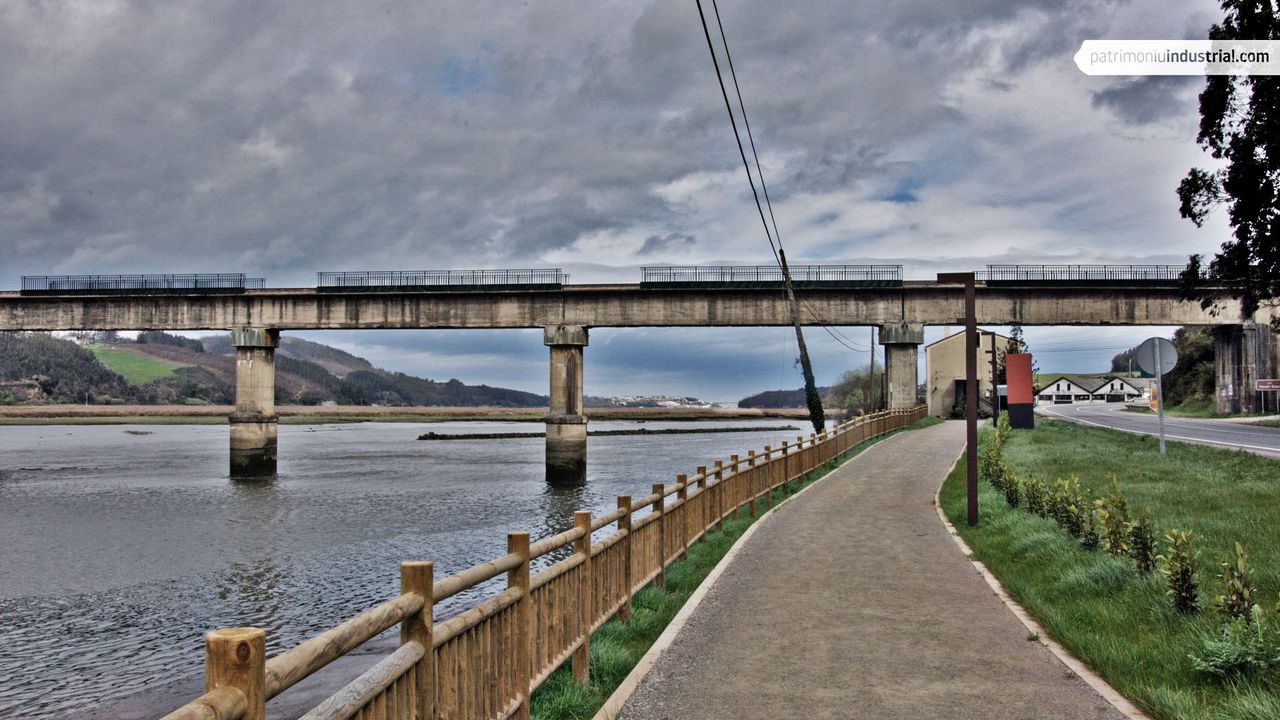

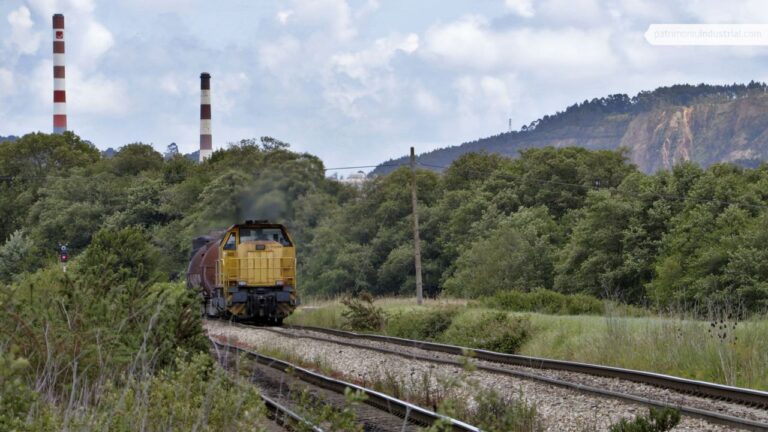
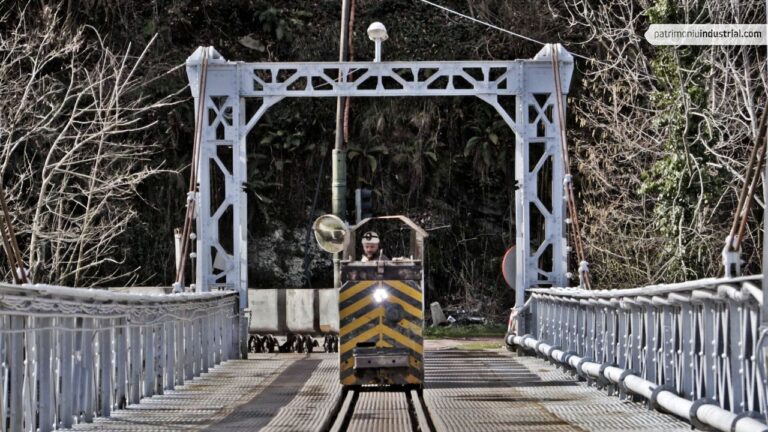

Recent Comments